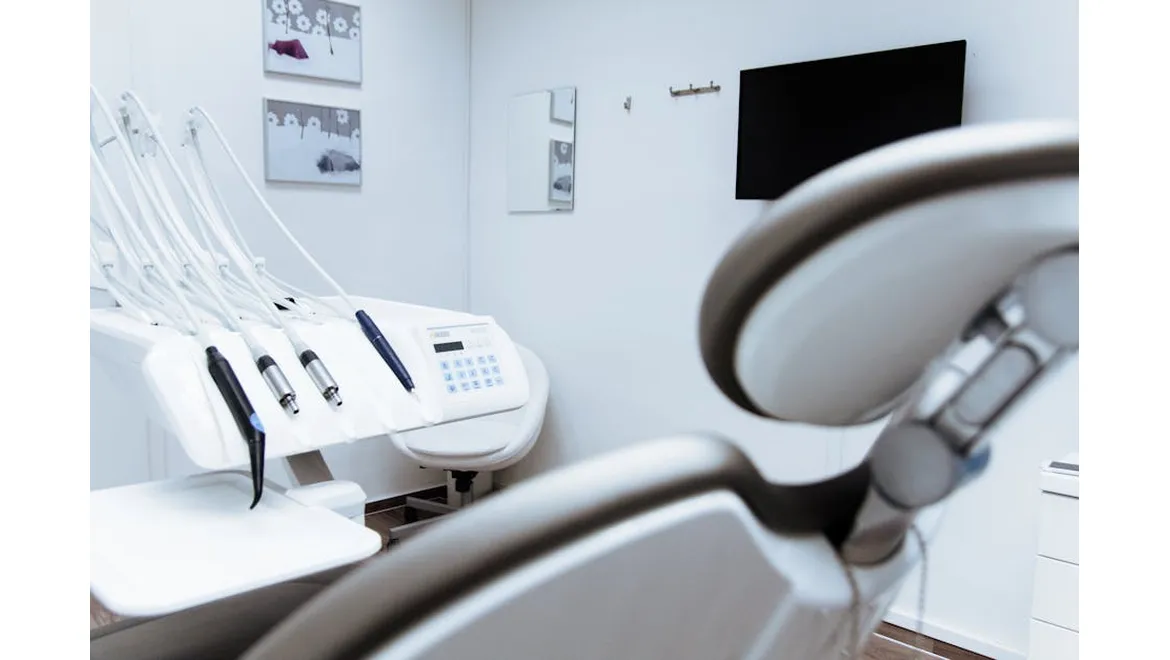As the digital transformation of healthcare accelerates, the Healthcare SEO (Search Engine Optimization) market is poised for significant expansion from 2024 to 2031. This burgeoning market is not simply about improving search rankings; it is about redefining how healthcare providers interact with patients, deliver critical health information, and build trust within the digital space. Leading this evolution are key players such as Ogilvy Health, Area 23, W2O Group, and Saatchi & Saatchi Wellness, who are pioneering innovative SEO strategies to enhance online visibility and drive substantial revenue growth.
The role of SEO in healthcare transcends basic digital marketing. Jane Doe, Marketing Director at Saatchi & Saatchi Wellness, emphasizes, “SEO has become a crucial part of our digital strategy. It not only enhances our client’s visibility but also builds trust and credibility.” This sentiment underscores the pivotal role SEO plays in the broader digital strategy of healthcare organizations. Market segmentation provides a comprehensive view of the diverse applications of SEO in healthcare, categorized into branding, reputation management, content marketing, and data analysis. Each segment is integral to the digital strategy of healthcare entities. For instance, content marketing is a vital tool for educating patients about medical conditions and treatment options, while data analysis offers insights into patient behavior, enabling the optimization of marketing strategies.
The practical applications of healthcare SEO are extensive, encompassing hospitals, pharmaceutical companies, healthcare product manufacturers, healthcare institutions, and biotech firms. Notably, hospitals and pharmaceutical companies are leading adopters of SEO, leveraging it to reach a broader audience and disseminate essential health information effectively. Regionally, the market dynamics reveal a nuanced landscape. North America, led by the U.S., emerges as the largest market for healthcare SEO, driven by advanced healthcare infrastructure and high internet penetration rates. Europe follows closely, with countries like Germany and the U.K. making significant investments in digital healthcare strategies. Meanwhile, Asia-Pacific is identified as the fastest-growing region, with China and India leading the charge due to their vast populations and increasing internet usage. “In Asia-Pacific, the growth potential is immense,” notes John Smith, CEO of Area 23. “With more people getting online, the demand for digital health information is skyrocketing.”
The competitive landscape of the Healthcare SEO market is marked by the presence of established firms and emerging startups. Companies such as LYFE Marketing, Harrison & Star, and LEVO Health are making significant strides with innovative SEO strategies tailored to the unique needs of the healthcare sector. LYFE Marketing, for instance, has developed specialized SEO services for small and medium-sized healthcare providers, enabling them to compete with larger entities. Additionally, the market is witnessing a trend towards partnerships and collaborations. According to Mary Johnson, COO of W2O Group, “Collaboration is key in this industry. By partnering with technology firms and content creators, we can offer comprehensive solutions that meet the diverse needs of our clients.”
Several factors contribute to the robust growth of the Healthcare SEO market. Increasing digitization of healthcare services plays a significant role, as more patients turn to the internet for health-related queries. Consequently, healthcare providers are under pressure to enhance their online presence. The COVID-19 pandemic has further accelerated the adoption of digital health strategies. With the rise of telemedicine and online consultations, the need for effective SEO strategies to reach and engage patients has never been greater. Advancements in artificial intelligence (AI) and machine learning are also pivotal in driving the market forward. These technologies are being integrated into SEO strategies to deliver more personalized and effective results. For instance, AI-driven content analysis can identify the most relevant keywords and optimize content for better search rankings, enhancing the overall effectiveness of SEO campaigns.
Looking ahead, the Healthcare SEO market is expected to maintain its upward trajectory, bolstered by technological advancements and evolving consumer behavior. AI and machine learning will continue to play a crucial role in shaping the future of SEO, enabling more accurate targeting and optimization. Furthermore, the increasing use of voice search and mobile devices will necessitate new SEO strategies. “Voice search is the next big thing in SEO,” says Emily Brown, Head of Digital Strategy at LEVO Health. “Healthcare providers need to adapt their strategies to ensure they remain visible in this evolving landscape.” Another emerging trend is the growing importance of local SEO, particularly for smaller healthcare providers. As patients increasingly seek local healthcare services, optimizing for local search results will be crucial. “Local SEO is becoming a game-changer,” notes Michael Green, Marketing Manager at Maricich Health. “It allows smaller providers to effectively compete with larger entities by targeting specific geographic areas.”
Drawing all key points together, the Healthcare SEO market is on the cusp of substantial growth, driven by technological advancements and the increasing digitization of healthcare services. Companies that stay ahead of these trends and continuously innovate their SEO strategies will be well-positioned to capitalize on the opportunities in this dynamic market. The future of healthcare SEO promises a landscape where digital strategies not only enhance visibility but also foster deeper patient engagement and trust, ultimately transforming the way healthcare providers connect with and serve their communities.











